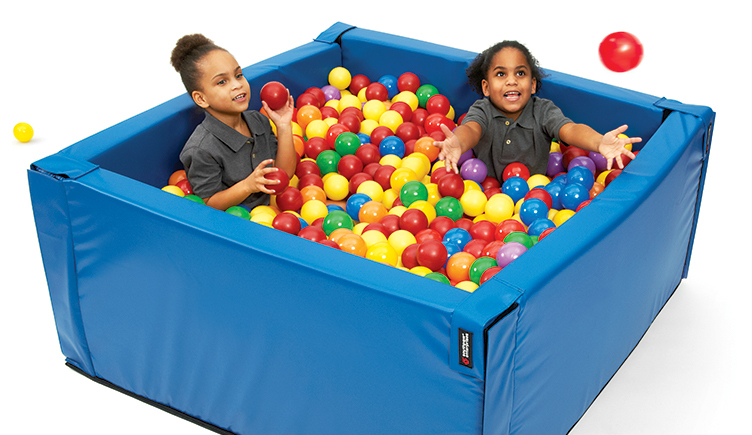It goes without saying there is a lot of chatter about how and what kids are doing these days. It probably is not any different from the conversations our grandparents and parents had, but in today’s conversations, there is a real concern about how this is affecting the whole well-being of our children. There have always been societal influences, but more and more we are finding our children are missing crucial parts of development, affecting their performance in school and sports and their overall well-being. This is starting as early as the newborn stage, and it stems a lot from the lack of movement and exploration. We are finding that children are not moving like they once did. This can be due to the lack of outdoor playing, the increase in structured play, as well as an innate concern for safety.
Children are made to move, and movement is one of the building blocks of development. However we are starting to lessen these opportunities for our children starting at birth. As a society, we have started to stifle movement from happening by restraining our children in baby equipment, such as swings, bouncers and walkers, to name a few. Whether it be because of concern for safety or we see these as a way to play and explore, we have lost the sense of balancing out the diversity of play methods. Yes, this equipment is fun and entertaining, as well as needed, but we need to pay attention to constantly moving our children from one “container” to another container. In addition, we find our lives busier and on the go, therefore babies are in car seats, strollers and shopping carts more often.
By not allowing babies to move freely in their environment, problem solving how to motor plan new movement patterns, such as negotiating how to crawl under a table or pull to stand on different items, is inhibited from happening. Lessening their movement affects the opportunity for their bodies to increase their core stability, use bilateral coordination, and develop a regulated sensory system. Their bodies develop through things like crawling over pillows, trying to figure out how to stand on something unbalanced, or rolling around in a pile of stuff animals. It requires setting up the environment to encourage this type of play and be safe. And yes, those “container” items are beneficial and needed, but we need to focus on giving babies an opportunity to learn and explore.
This then continues to our toddlers and school-aged children. When they are given opportunities to play through movement activities, such as playgrounds, obstacle courses, bike riding and sports, they are strengthening their overall bodies and improving their coordination and sensory systems. Mastering these skills carries over to their performance on the sports fields, as well as in the classroom. In addition, we can’t expect kids who have had decreased movement from birth and through their toddler years to be the ones rushing to get outside to play, or to want to participate in sports rather than sit and do sedentary activities, such as playing video games or being on a device.
We adults have to let go a little bit of our fear, allowing children to challenge their bodies. No one wants to see a child get hurt, but when given the opportunities to test the boundaries and learn to challenge their bodies, children actually gain confidence, improve body awareness, and trust in their coordination abilities. Acquiring these skills can also carry over in their emotional well-being, such as lessening their fear and anxiety for other things.
So, as parents and adults, let’s begin to think about helping our children gain the building block of movement in their play.
- Lessen or balance out their time in contained equipment—put them on the floor or in a pack- and-play to explore and move.
- Encourage more outdoor playing. Set up family relay races or obstacle courses.
- Let go a little bit, and allow children to challenge themselves. Let them climb that rock or roll down that large hill...their bodies will thank you.
Have fun and let kids be kids!



